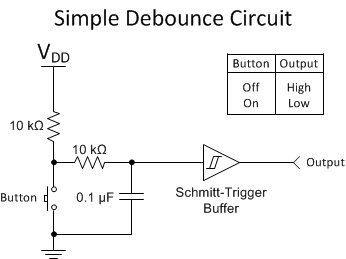Other Parts Discussed in Thread: SN74AUP1G17, , SN74LVC1G3157, SN74AUP1G14, SN74AUP2G17
Hello,
I want to use power-on as tact switch, so draw SN74AUP1G17(BUFFER) and SN74AUP1G74(FLIP FLOP) seeing datasheet.
I wonder this circuit maintaned(power-on) Q=H , confirm this circuit is right.



